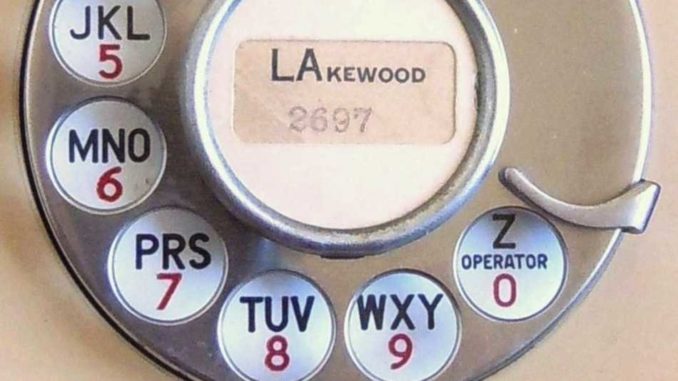
Telephone technology certainly has come a long way. Today we have mobile phones, adding convenience and efficiency to our lives that earlier generations of phone customers couldn’t imagine. Think of it: a century ago, most telephone service subscribers didn’t even have a rotary dial on their phones to dial the number of the party they wanted to call. They had to tell the telephone company operator the number they wanted, and the operator would physically connect the caller’s telephone line to the other party’s line with a patch cable. This is the story of how the telephone company went out of their way to avoid inconveniencing cutomers in 1930.
In 1929, the Central Union Telephone Company in Evansville, Indiana, was purchased by Indiana Bell. The acquisition included Central Union’s telephone exchange building in downtown Evansville and the 600 employees, mostly telephone operators, who worked there. The old exchange building had been designed by the highly respected premier architecture firm of Vonnegut, Bohn & Mueller, in Indianapolis. So when Indiana Bell wanted to tear it down and build a new exchange, they turned to the old building’s original designers. Realizing that demolishing the building would mean a major interruption of telephone service, Vonnegut suggested moving the old exchange to a corner of the lot which would leave room to build a new Bell building adjacent to the old. The move would include pivoting the seven-story building 90 degrees.
“The eight-story, 11,000-ton Indiana Bell building rotation in 1930” (0:14)
Vonnegut’s key idea here was to maintain continuity of telephone service, which meant that during the move, the building would be fully occupied by employees who would go about their business, keeping phones ringing all across town and the surrounding region. To support that effort, all telephone lines into and out of the building would need to be long enough and flexible enough to move with the building. Not only that, but all other utlities (electricity, gas, water, and sewer) had to do the same. To facilitate the massive move, the engineering firm of Bevington, Taggert & Fowler was hired to plan and manage the project, and the John Eichlea Company was contracted to do the construction and provide the labor. After much planning and preparation, the move began in mid-October, 1930, and finished 34 days later. The 11,000-ton building continued telephone exchange operations normally without a hitch or hiccup.
“Telephone Collectors International ( TCI ) Video : Moving the Indiana Bell Central Office” (3:12)
People back in the 1920s weren’t as dependent on telephone service as we are today. Sure, they would have been inconvenienced if the Indiana Bell central office had been demolished instead of being moved, but they would have been able to deal with it. People today totally lose it if they can’t find their phone for a few minutes or it turns up missing.
By the way, the Vonnegut in Vonnegut, Bohn & Mueller was Kurt Vonnegut, Sr., father of Kurt Vonnegut, Jr., the famous author, who grew up in Indianapolis.
